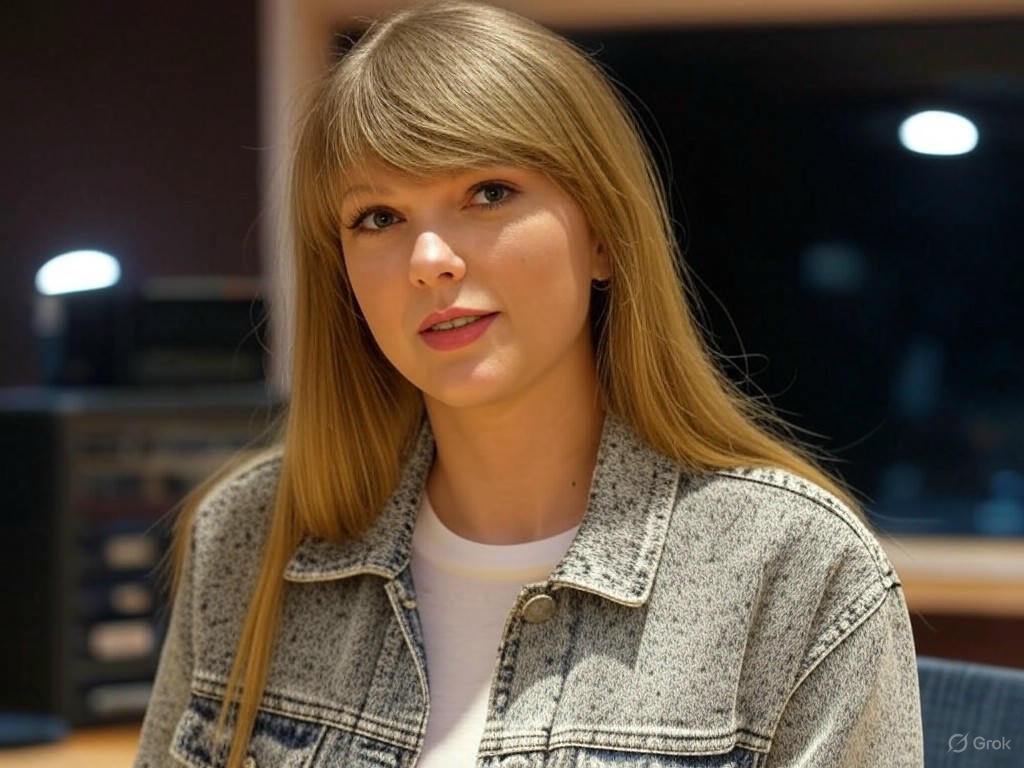Taylor Swift’s Dual Albums: A Bold Move in Music Ownership
Taylor Swift has once again captured the spotlight with a groundbreaking move in her career. The pop superstar now owns two distinct versions of four of her iconic albums, a decision that has sent ripples through the music industry. This unprecedented step stems from her ongoing mission to reclaim control over her creative output, a journey that began with disputes over the rights to her early catalog. Swift’s determination to own her art has not only redefined her legacy but also sparked a larger conversation about artists’ rights in the modern era.
The existence of dual versions of these albums—presumably her original works and re-recorded editions—offers fans a unique glimpse into her evolution as an artist. Each version carries its own essence, with the re-recordings often infused with fresh perspectives, updated production, and bonus tracks that weren’t part of the initial releases. Albums like these, which likely include some of her most beloved works from the past, now stand as twin pillars of her discography. For Swifties, this means double the content to explore, compare, and cherish. But beyond the excitement for fans, this move raises intriguing questions about the future of music ownership and how artists can navigate the complex landscape of intellectual property.
Swift’s strategy isn’t just about nostalgia or pleasing her fanbase; it’s a calculated business decision. By owning both renditions, she holds the power to dictate how her music is used, from streaming platforms to commercials and beyond. This could set a precedent for other musicians who feel tethered by outdated contracts or unfair deals. Her actions challenge the status quo, pushing labels and executives to rethink how they approach artist agreements. Moreover, it highlights the growing importance of re-recordings as a tool for empowerment. With streaming services dominating how we consume music, having control over multiple versions ensures that Swift’s vision remains intact, no matter where her songs are played.
What’s next for Taylor Swift? Industry insiders speculate that she might leverage this dual ownership to experiment with new formats, perhaps releasing special editions or live performances tied to these albums. There’s also buzz about potential collaborations or visual projects that could accompany the reimagined tracks, further enriching her already expansive catalog. Whatever path she chooses, one thing is clear: Swift is not just playing the game—she’s rewriting the rules. Her influence extends far beyond chart-topping hits, inspiring a generation of artists to fight for their creative freedom.
As the music world watches her next move, Taylor Swift stands as a beacon of resilience and innovation. Owning two versions of four albums isn’t just a personal victory; it’s a statement that echoes across the industry. For fans and fellow musicians alike, her journey is a reminder that art is worth fighting for, and that true ownership goes beyond a signature on a contract—it’s about heart, soul, and unwavering determination.


